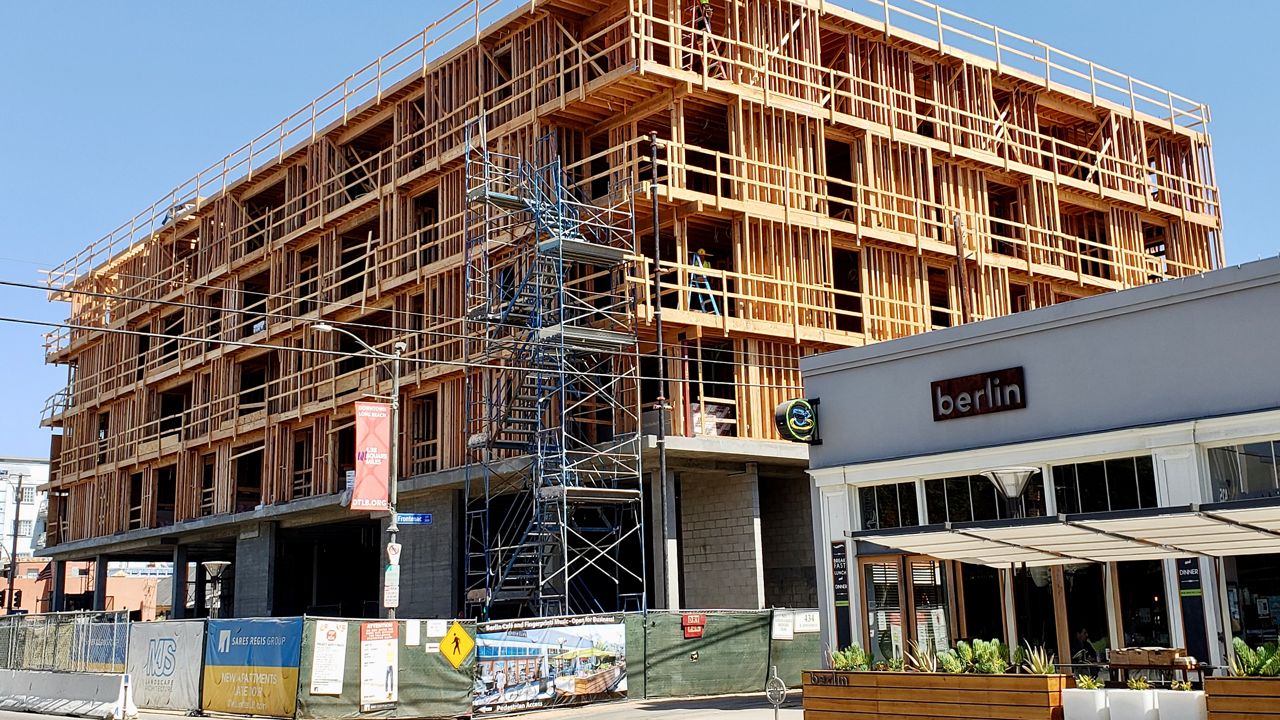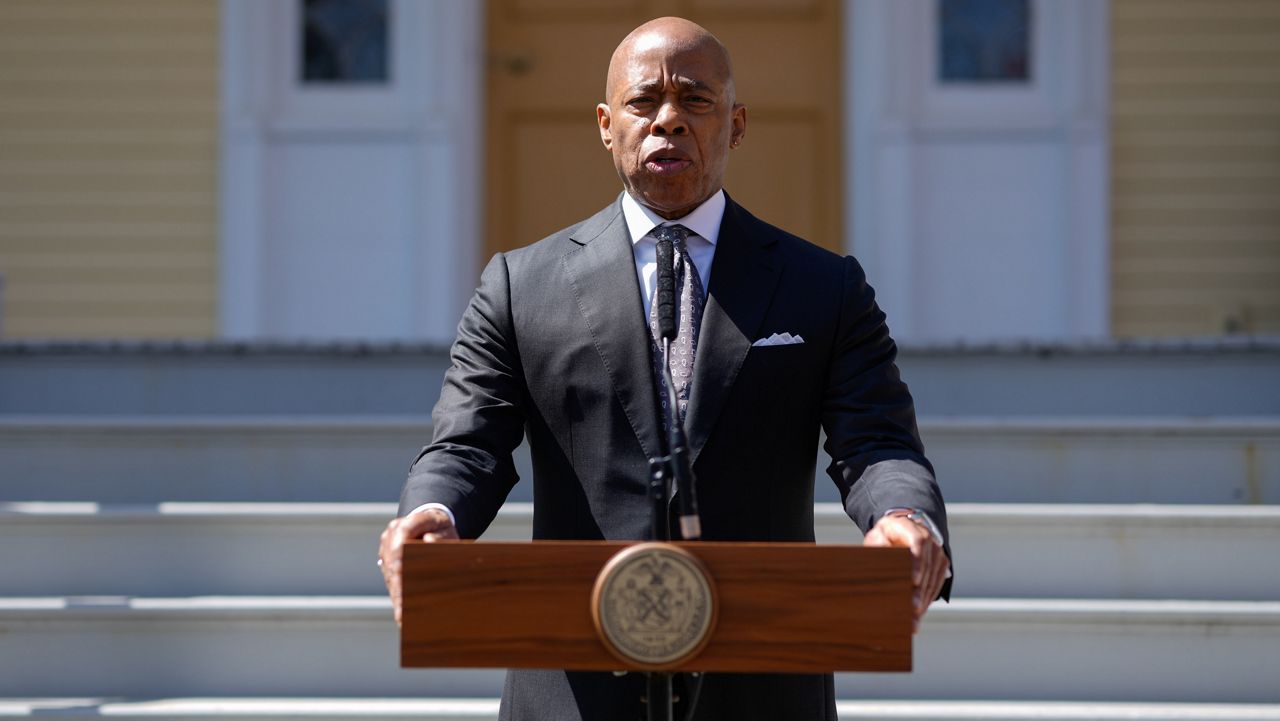ANAHEIM, Calif. — After Gov. Gavin Newsom signed several bills addressing the state’s housing shortage and affordable housing crisis, now comes the challenging part.
Real estate experts stress that California residents should be patient.
“These things take time,” said Peter Belisle, president of the southwest region for JLL. “The way I think about it. The governor pulled a series of levers to create a more conducive environment for developing multifamily housing.”
Newsom earlier this week signed several bills addressing the state’s housing crisis by streamlining the approval process for building homes, allowing developers to turn vacant commercial zoned properties into housing, and removing parking requirements for projects near transit areas.
Experts said AB 2011 and SB 6 are the game changers that could create 1.6 million to 2.4 million homes throughout the state.
According to the Mercury News, California needs to build 2.5 million homes by the end of the decade to meet the current demand, and one million of those homes need to be set aside for low-income families.
The companion bills speed up and streamline a developer’s ability to build affordable housing or mixed-income apartments so long it provides some affordable housing units in vacant and run-down commercially zoned districts. The bills remove the rezoning requirements often associated with building residential housing in commercially zoned areas.
Construction workers working on these projects would also earn prevailing wages and other benefits.
“California has a huge amount of under-utilized and abandoned commercial properties that could see [the] rapid development of subsidized affordable housing under this legislation — and would include good jobs with fair wages for construction workers,” said Brian Hanlon, CEO of California YIMBY, in a news release.
Hanlon added, “this is a game changer for housing in our state.”
Another bill Newsom signed is AB 2097, which eliminates minimum parking requirements on multifamily or commercial development projects near transit areas.
Some cities require developers to provide parking spaces for every unit built.
For example, a developer building an apartment in Anaheim would need to provide two parking spots for each one-bedroom unit, 2.25 parking spots for two-bedroom units, and three parking spots for every three-bedroom apartment. In Los Angeles, a duplex would need three covered parking spaces and one uncovered.
Constructing these parking spots is expensive for developers. According to a 2014 UCLA study, an underground parking space could cost as much as $35,000 each.
So a developer would set aside more than $100,000 for constructing three parking spaces for each three-bedroom unit in the apartment or condominium.
Eliminating the minimum parking requirement would save developers a lot of money and have a greater chance of getting the project built, said Josh Kimmel, vice president at Project Management Advisors.
“I think this is a bigger deal than some of the other housing bills Newsom signed,” said Kimmel to Spectrum News. “The way the zoning code is today requiring a certain amount of parking depending on your project has killed so many projects. Many developers can’t get their projects to pencil because of the cost of adding these parking spaces.”
Kimmel said eliminating the parking requirements could spur more developments near mass transit areas and increase ridership in public transportation.
Los Angeles transportation officials, Kimmel said, have invested heavily in public transit projects, including rolling out an electric bus fleet and light rail all across the city.
“It’s time to use them,” he said.
Belisle, the JLL official, said that with these new laws coming into effect next year, he expects to see many housing developers scout underperforming office buildings and outdated retail centers across the state.
Belisle said many business owners have been gravitating toward leasing Class A buildings with all the amenity bells and whistles to lure workers back to the office.
He said that without those amenities, the B and C class office buildings could get left behind and prime for adaptive reuse as residential or mixed-use buildings.
The new bills Newsom signed, he said, will fast-track some projects but cautions that these developments still take a lot of time.
The average apartment building takes about three to five years to be built when people consider the developer has to find a plot of land, drafting and design, entitlement, city approvals, and then construction.
“These things take a lot of time,” he said, adding that it may take longer to build because of the current economic landscape. “We’re still a couple of years away before we start seeing developers take advantage of this.”
Still, Newsom’s new bills are a good start to addressing the state’s housing crisis and shortage.
“There’s not one magic bullet,” Belisle said. “A lot of levers still need to be pulled. A lot more needs to happen. But it is a step in the right direction.”










